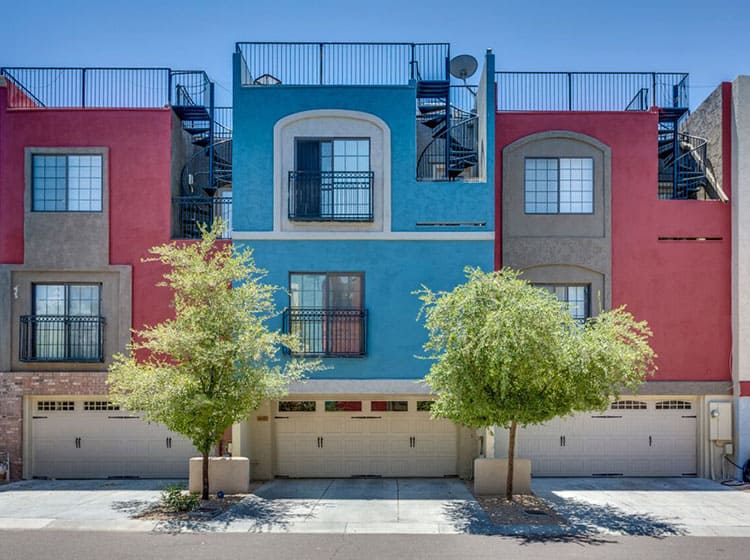Get Ready To Discover The Crucial Yet Taken Too Lightly Aspect That Has The Power To Elevate Your Interior Paint Job To New Heights
Get Ready To Discover The Crucial Yet Taken Too Lightly Aspect That Has The Power To Elevate Your Interior Paint Job To New Heights
Blog Article
Content By-McDonough Browne
When it involves accomplishing a professional finish with your interior painting project, interest to detail is essential. From picking the appropriate paint and devices to implementing the paint procedure meticulously, each action plays an important duty in the last end result. However, there is one element commonly overlooked yet vital for a flawless surface-- the significance of proper ventilation during the painting process. This typically ignored variable can considerably impact the overall quality of your paint task. Interested to understand more regarding how ventilation can boost your painting outcomes?
Selecting the Right Paint and Tools
Wondering which repaint and tools are best for your interior paint job? When it comes to picking the ideal paint, think about factors like the sort of surface you're painting, the preferred surface, and the color options offered. For walls, a latex paint is frequently the very best option due to its resilience, very easy cleanup, and quick drying out time. If you're repainting a high-traffic location like a corridor or kitchen, a semi-gloss or satin finish might be preferable as they're much easier to cleanse.
As for devices, buying high-quality brushes and rollers can make a significant distinction in the last result of your paint task. Look for brushes with dense bristles that are suitable for the kind of paint you're utilizing. Roller covers been available in different snooze dimensions, with shorter snoozes being optimal for smooth surfaces like wall surfaces and ceilings, while longer naps are much better for distinctive surfaces.
Preparing Your Room for Painting
To guarantee an effective interior painting project, correct preparation of your area is important. Beginning by getting Read Home Page of furniture from the space or moving it to the facility and covering it with plastic sheets. Next, take down any designs, change plates, and outlet covers. Use painter's tape to safeguard baseboards, trim, and any type of areas you don't intend to repaint. Load holes and cracks in the wall surfaces with spackling compound, after that sand them smooth when dry. Dirt and clean the walls to make certain appropriate paint adhesion.
After preparing the walls, lay down drop cloths to safeguard your floorings. If you're painting the ceiling, cover the entire flooring location with ground cloth, protecting them in position with painter's tape. Guarantee proper air flow by opening up windows or using fans to aid with drying out and to decrease the fumes. Lastly, collect all your paint supplies in one location to have everything you require accessible. Putting in the time to prepare your space will make the paint process smoother and aid you achieve an expert surface.
Implementing the Paint Refine
Begin by selecting the proper paint color and finish for the area you're painting. Think about the state of mind you want to develop and how natural light impacts the color throughout the day. Once you have your paint, gather high-quality brushes, rollers, painter's tape, and ground cloth. Prior to beginning, guarantee the walls are clean and completely dry.
Beginning by cutting in the edges of the walls and around trim with a brush. After that, use a roller to cover bigger areas, operating in small areas. Keep in mind to keep a wet edge to prevent visible lap marks. Use a 2nd layer for a specialist finish, if required.
When paint doors and trim, use a smaller sized brush for precision. Job methodically, applying slim, even layers. Get rid of the painter's tape while the paint is still a little damp to prevent peeling.
Permit the paint to completely dry totally before moving furnishings back into location. Take Read More Listed here and pay attention to information for a perfect surface that will certainly change the appearance of your room.
Conclusion
Now that you have adhered to these step-by-step ideas for painting your inside, you're well on your method to attaining a professional finish.
By selecting the ideal paint and tools, preparing your area effectively, and implementing the painting process with care, you can change your home into a magnificently painted room.
Bear in mind to take your time and enjoy the process for the best outcomes. Happy painting!
